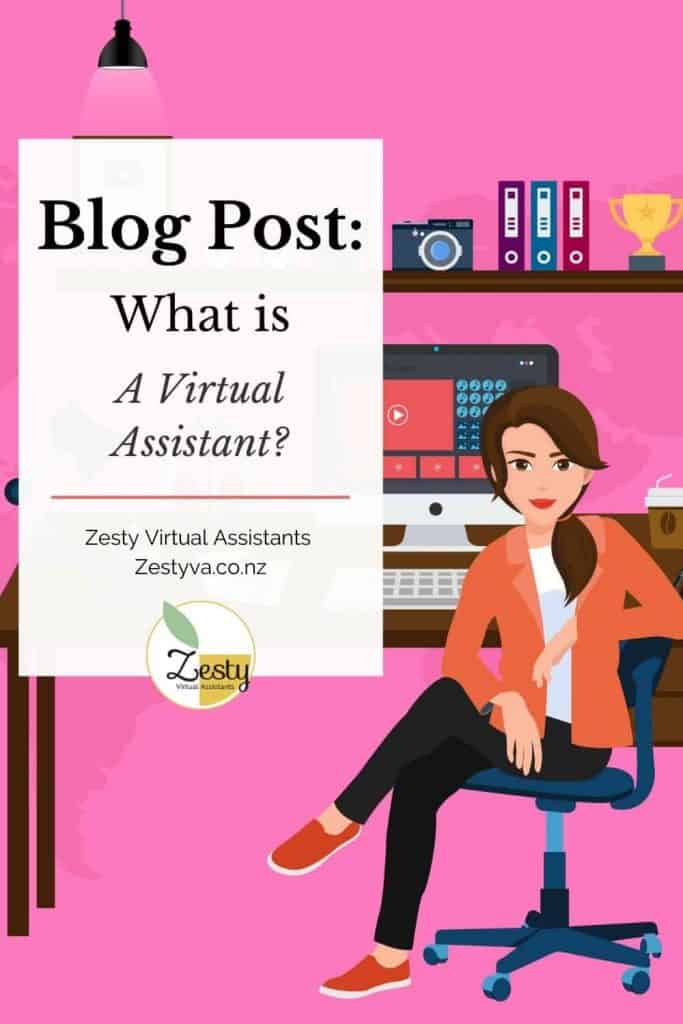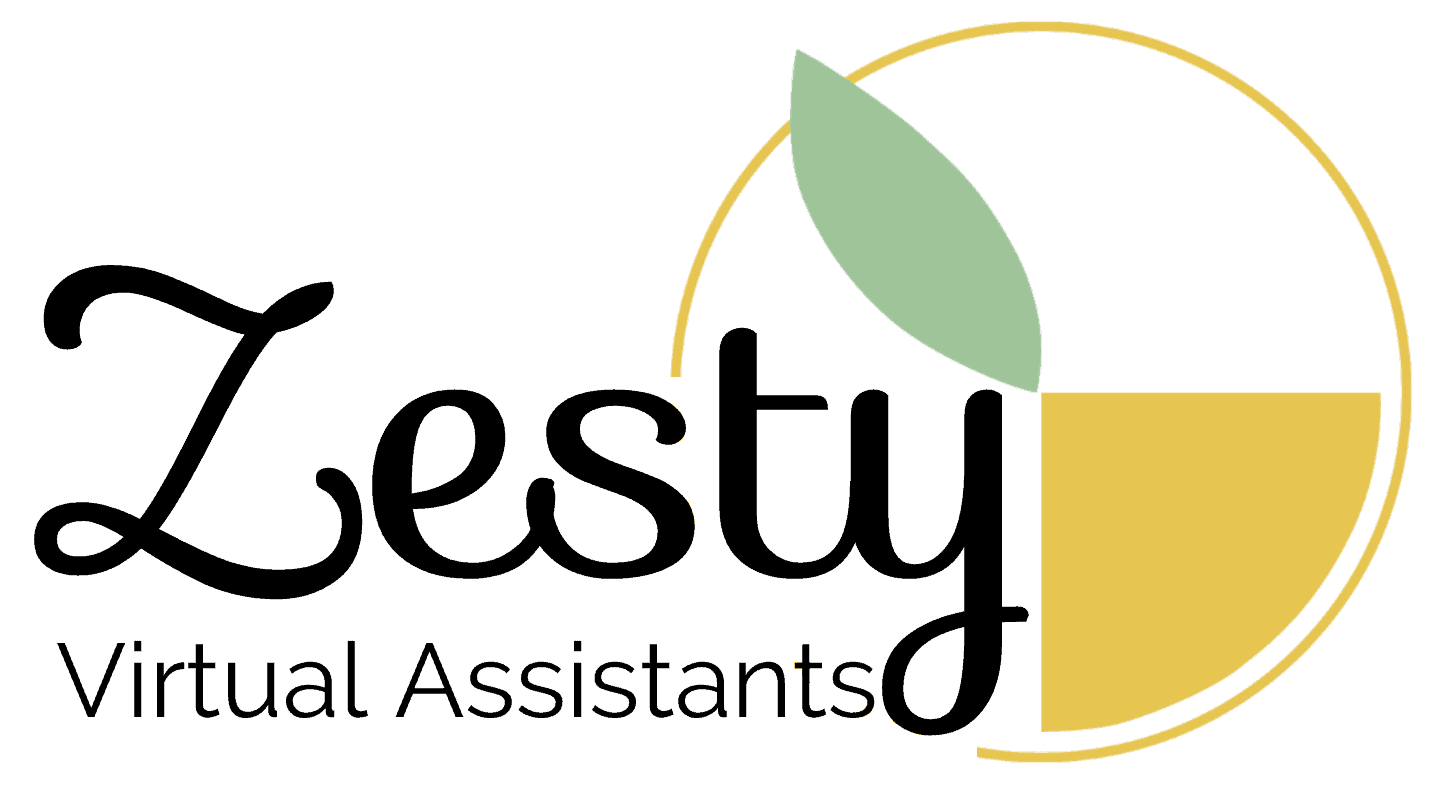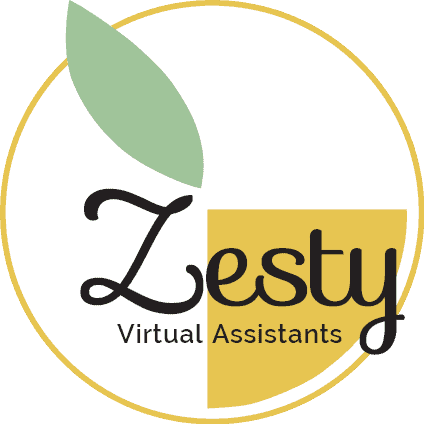When you’re a small business owner, you have many balls you need to juggle. From Marketing and Sales, Administration and perhaps even HR and payroll. As a “solopreneur” myself, I can tell you that it’s a lot of hard work, a lot of prioritising and a lot of figuring it out on the fly! As you research the internet for help running your business, you may have come across the term Virtual Assistant. You may be scratching your head… What is a Virtual Assistant?
A Virtual Assistant is an umbrella term for any person delivering business-to-business administrative support services. They usually work as an independent contractor. A Virtual Assistant may use a more specialised term to describe their speciality, such as graphics designer, bookkeeper, or event manager .
Why VAs use different terms for their job.

As mentioned above, the term Virtual Assistant is an umbrella term. It encompasses all the supportive administrative services that can be outsourced by a company to a person. Many Virtual Assistants choose to specialise in a field which they find most interesting. The most common example of this is a bookkeeper, whereby they are in charge of preparing all the receipts, accounts payable and accounts receivable and having the documentation ready for the company accountant to sign off. Bookkeeping VAs are such a large sector that all over the world there are a separate, professionally recognised Institutes for Bookkeepers. These professional bodies support the knowledge which we VA’s know; that we provide essential services to other entrepreneurs and business owners.
(New Zealand’s Institute is at ICNZB)
Reasons to outsource to a VA.
While this is a topic for a longer post, the short answer is often there is not quite enough work to warrant hiring an employee for. When you have only 5 hours a week of work, this becomes very expensive when you have to include sick pay, holiday pay, ACC levies etc; the pay actually adds up very quickly. You can work out the true cost of an employee here at Kiwi Tax. While a VA may seem expensive if you’re looking at the hourly rate, you’re also usually not paying them for 30+ hours a week. A VA charges for the time actually completing the prescribed work, so 100% of your money is going to having the tasks completed. Don’t forget that 5 hours of a VA’s time is almost all of your Saturday as you try to figure out what goes where and how to work the new update to your financial programme.
Where a VA works.
As a Virtual Assistant is usually an independent contractor, a VA may often work from their home office. They might be associated with a Virtual Assistant agency, in which case they may work out of their employer’s offices. In the current times of coronavirus, working from home has become a norm. As the connectiveness of technology grows, it is becoming easier and easier to work remotely from all over the world.
How to give a VA work.
Like in all aspects of life, communication is key. Delegating work to your VA is the same. While you shouldn’t need to micromanage your VA, there does need to be a constant communication flow to ensure that tasks are sent out and completed regularly. You will already have an idea of where your “pain points” are; the tasks that you will need the most help with. So start with those. I have found in the beginning that there is often a flurry of work to bring the processes and tasks up to date, and then the work settles into a routine. This may mean that you may need to pay a little more for your VA in the beginning, then this will also settle into a regular amount, depending on the agreements you have. In practical terms, you may meet in person or via Zoom regularly, use email, WhatsApp or text messaging to communicate. However, please remember that your VA has work times and other clients, so just because you’ve messaged them, doesn’t mean they can attend to you right away.
How a VA charges their services.
When thinking about the cost of your VA, it’s best not to compare it to an employee. As mentioned above, your VA is specialised in their area. Not only do they provide the service, they also provide experience, expertise, and solutions and can often step into the role and start working straight away. They freeing up your Saturday morning so you can take the kids to soccer, or your Friday night so you can take your partner to the movies. Sometimes the price is not just the dollar amount, but also what you gain from having someone else around who has the knowledge.
There are several ways that a VA may charge you; hourly, via a service plan (aka retainer) or by a package deal. This really comes down to the agreement between you and your VA. Here is an outline of the differences.
💰 Hourly – the VA bills you for the hours they have completed.
+ Pro: you pay for what you get.
+ Con: you won’t know the end price until the bill comes
💰 Service Plan – the VA bills you for a set amount of hours per month .
+ Pro: you know how many hours work you’re going to get, and how much that will cost.
+ Con: If you have a task that needs attention, your VA won’t work on it if you’ve run out of hours unless agreed otherwise. Hours usually don’t roll over to the next month
💰 Package – the VA quotes you an amount for a project with a specific set of tasks .
+ Pro: perfect for one-off projects where the tasks are specific and clear
+ Con: your VA will be watching for “scope-creep” and you will have to pay extra for tasks not quoted.
If you are struggling with the multitude of tasks you need to keep up as a business owner, then a VA is a great solution. We’re not all cut from the same cloth, so find the right one that can work with you and your business most effectively. Having a VA as strategy in your business can open you up to a world of new energy and time to spend focusing on the more priority tasks or with your family. Now you know what a VA is, you can start making some enquiries!

